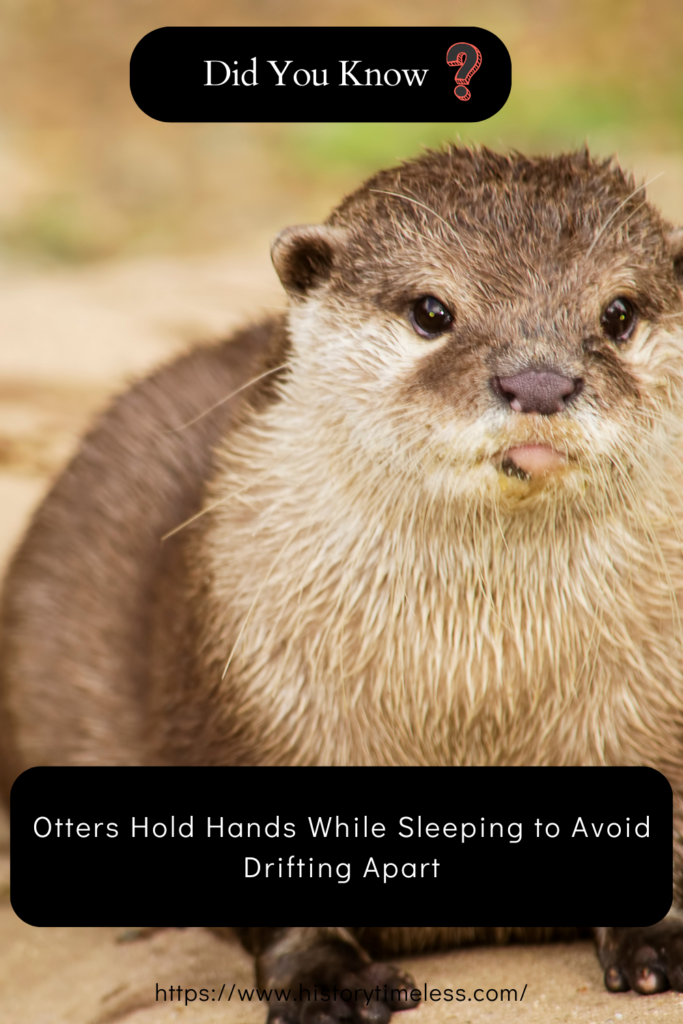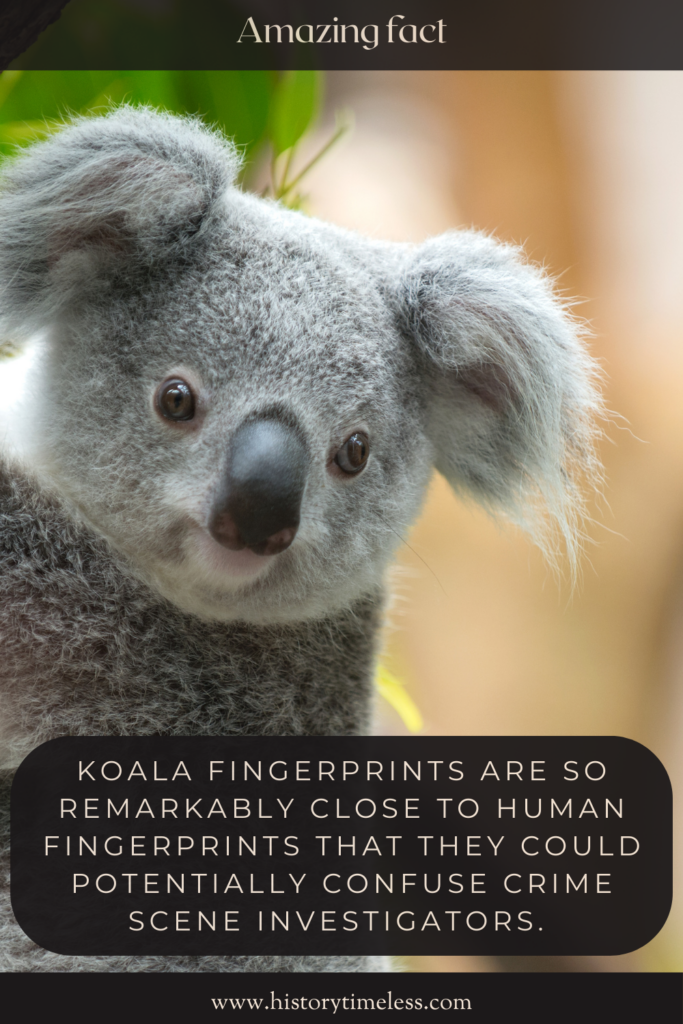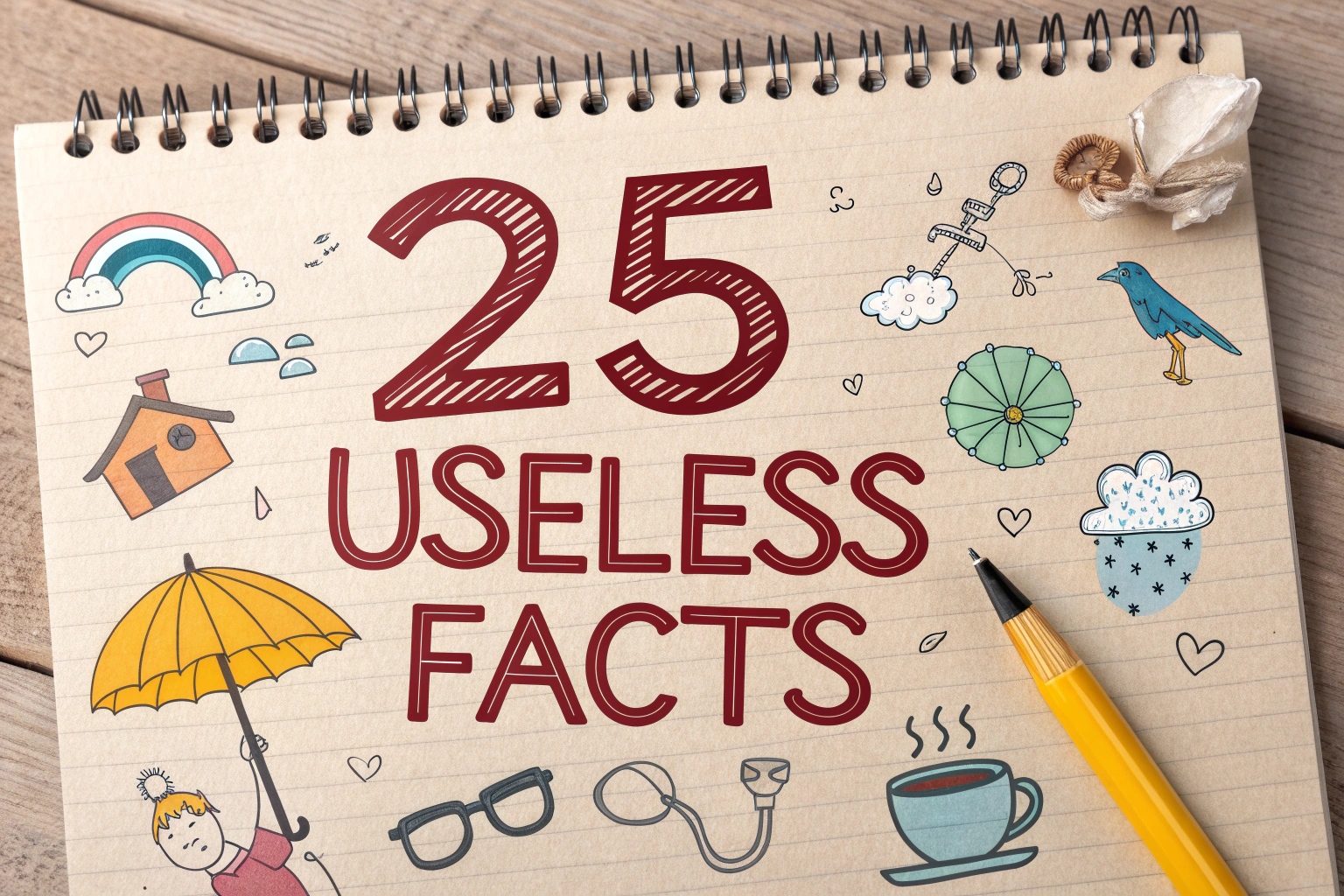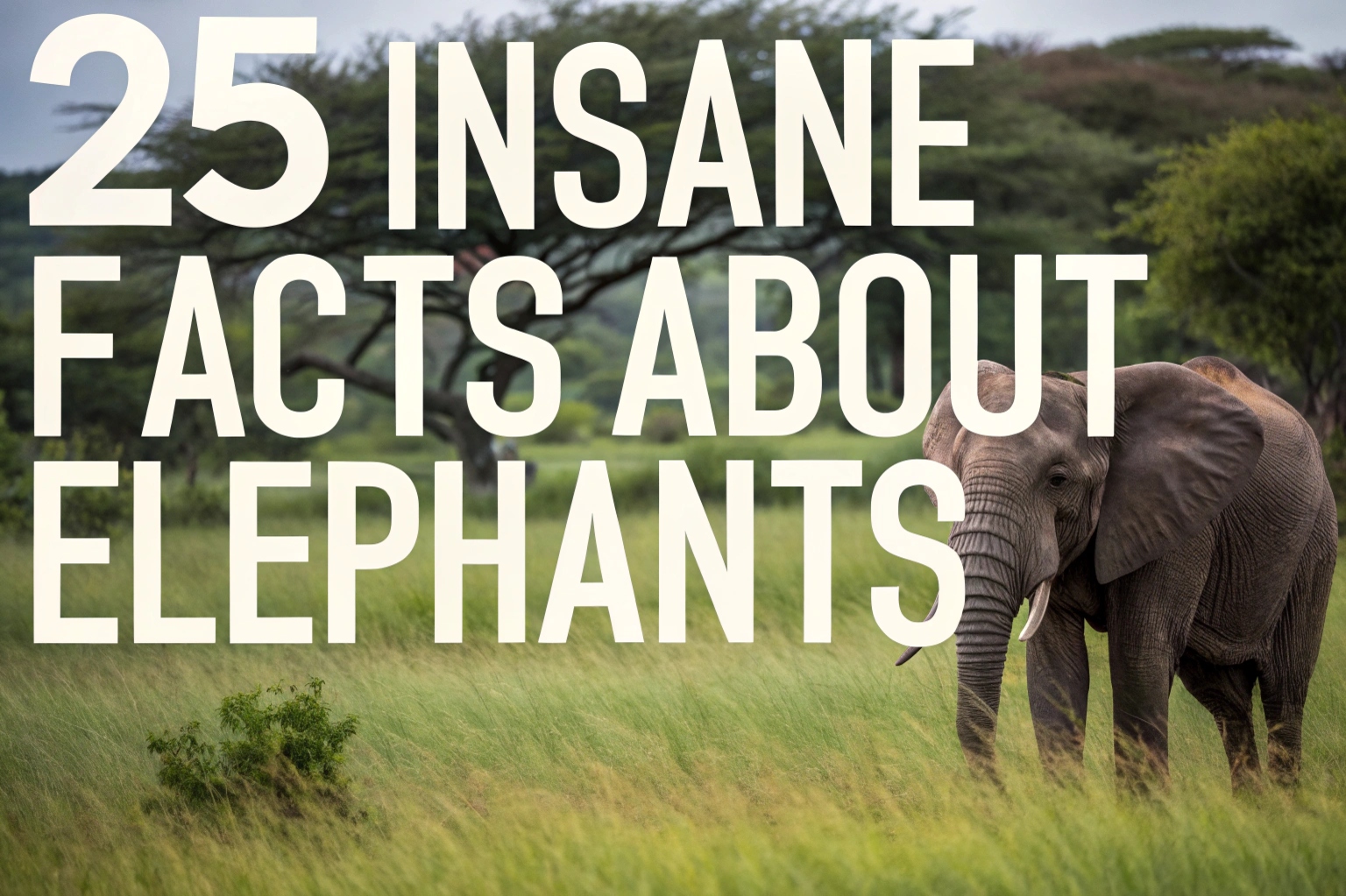Okay, I understand! You want 26 weird and interesting facts presented in a blog post format. Let’s dive into the wonderfully strange corners of our world and uncover some mind-bending tidbits that might just make your viewers go “Wow, I never knew that!”.
Get ready for a journey through unexpected trivia, from the animal kingdom to everyday objects, and maybe even a bit of space sprinkled in. Prepare to be amazed and slightly bewildered by these random, yet fascinating, pieces of information!
1. Bananas Are Botanically Classified as Berries, But Strawberries Aren’t
It’s a fruit fact that often trips people up! While we commonly associate berries with small, seed-studded fruits like strawberries and raspberries, botanically speaking, the definition is different.
A berry, in botanical terms, develops from a single ovary of a single flower and typically has seeds inside the fleshy part. Bananas fit this description perfectly, while strawberries, with their seeds on the outside, are actually aggregate fruits.
So, next time you enjoy a banana, remember you’re indulging in a berry, and perhaps ponder the surprising classifications of the fruits we eat every day!
2. Otters Hold Hands While Sleeping to Avoid Drifting Apart
Imagine a group of adorable otters peacefully napping, but with a twist – they’re all holding hands! This isn’t just a display of affection; it’s a practical survival strategy.

Otters, especially sea otters, often sleep in groups called rafts. To prevent themselves from drifting away from their group and potentially getting lost or separated, they hold onto each other’s paws.
This heartwarming behavior showcases the clever and social nature of these playful creatures and how they ensure their safety and togetherness even in slumber.
3. A Group of Flamingos is Called a “Flamboyance”
Collective nouns for animals can be quite quirky, but “flamboyance” for a group of flamingos perfectly captures their vibrant and showy nature.
Picture a large gathering of these pink-feathered birds, their long necks and legs creating striking silhouettes against a landscape.
The word “flamboyance” evokes a sense of extravagance, brilliance, and spectacle, which is exactly what a group of flamingos embodies. It’s a testament to how language can beautifully reflect the unique characteristics of the natural world and the creatures within it.
4. Honey is One of the Few Foods That Truly Never Spoils
Forget expiration dates when it comes to honey! This golden liquid produced by bees possesses remarkable properties that make it virtually indestructible to spoilage.
Honey’s low water content, high acidity, and the presence of hydrogen peroxide create an environment that is hostile to bacteria and microorganisms.
Archaeologists have even discovered pots of honey in ancient Egyptian tombs that are thousands of years old and still perfectly edible! This incredible longevity makes honey a truly unique and timeless food, a natural wonder crafted by bees.
5. Your Nose Can Detect Over One Trillion Different Scents
Prepare to be amazed by the power of your olfactory system! Scientists have discovered that the human nose is far more sensitive than previously thought, capable of distinguishing over a trillion different scents.
This incredible capacity dwarfs earlier estimates and highlights the complexity and sophistication of our sense of smell.
From the aroma of freshly baked bread to the subtle fragrance of flowers, our noses are constantly bombarded with a vast array of olfactory information, shaping our experiences and perceptions of the world around us in ways we are only beginning to understand.
6. Octopuses Have Three Hearts to Keep Their Blood Pumping
The octopus is already a fascinating creature, but did you know they have three hearts? Two of these hearts work to pump blood through the gills, while the third heart circulates blood to the rest of the body.
This unique circulatory system is necessary because octopuses have copper-based blood, which is less efficient at carrying oxygen than iron-based blood.
The extra hearts ensure that these intelligent and agile cephalopods get enough oxygen to support their active lifestyles and complex behaviors in the underwater world.
7. Cows Can Actually Have “Best Friends” Within Their Herd
Cows are often perceived as simple farm animals, but they have surprisingly rich social lives and emotional depths. Studies have shown that cows form strong bonds with certain individuals within their herd, essentially having “best friends.”
These bovine buddies prefer to spend time together, graze side-by-side, and even experience stress if they are separated.
This highlights the complex social structures and emotional intelligence of cows, reminding us that even animals we consider commonplace have intricate inner lives.
8. The Eiffel Tower Can Grow Up to 15 Centimeters Taller in Summer
Believe it or not, the iconic Eiffel Tower in Paris actually changes height with the seasons! Due to thermal expansion, the iron structure of the tower expands in the heat of summer and contracts in the cold of winter.
This means that on a hot summer day, the Eiffel Tower can be up to 15 centimeters (about 6 inches) taller than it is in winter.
While this change is subtle and not visible to the naked eye, it’s a fascinating example of how temperature affects materials and even monumental structures.
9. There Are More Trees on Earth Than Stars in the Milky Way Galaxy
When we look up at the night sky, the number of stars seems infinite, yet astonishingly, there are estimated to be more trees on Earth than stars in our Milky Way galaxy.
While the exact number is difficult to pinpoint, scientists estimate trillions of trees cover our planet, dwarfing the hundreds of billions of stars in our galaxy.
This perspective shift underscores the sheer abundance of life on Earth and the vital role that trees play in our ecosystem, often overlooked in the vastness of the cosmos.
10. Cleopatra Lived Closer to the Invention of the iPhone Than to the Building of the Great Pyramid
History can be a real mind-bender when you consider timelines. Cleopatra, the last active ruler of the Ptolemaic Kingdom of Egypt, lived closer in time to the invention of the iPhone in 2007 than to the construction of the Great Pyramid of Giza, which began around 2580–2560 BC.
This stark comparison highlights the immense span of ancient history and how relatively recent Cleopatra’s reign was compared to the truly ancient wonders of Egypt. It’s a reminder that history is not a linear progression as we often imagine.
11. A Day on Venus is Longer Than a Year on Venus
Venus, our scorching sister planet, has some truly bizarre timekeeping. It takes Venus longer to rotate once on its axis (creating a day) than it does to orbit the Sun (creating a year).
A Venusian day is equivalent to about 243 Earth days, while a Venusian year is around 225 Earth days. This means if you lived on Venus, a single “day” would outlast an entire “year,” a concept utterly alien to our Earth-bound sense of time.
12. The Average Person Walks the Equivalent of Five Times Around the Earth in Their Lifetime
Over the course of an average lifespan, the cumulative distance we walk is truly staggering. Calculations estimate that a person walking an average amount each day will cover approximately 75,000 miles in their lifetime.
Considering the Earth’s circumference is roughly 24,901 miles, this means the average person walks the equivalent of circling the globe nearly three times, and some estimates even push it closer to five times!
It’s a testament to the incredible journey we undertake on foot throughout our lives, often without even realizing the vast distances we cover.
13. The Earth is Not Perfectly Round, It’s an “Oblate Spheroid”
While we often picture the Earth as a perfect sphere, it’s actually more accurately described as an “oblate spheroid.” This means it’s slightly flattened at the poles and bulging at the equator due to the centrifugal force created by its rotation.
This bulge is relatively small compared to the Earth’s overall size, but it’s enough to make the diameter at the equator about 43 kilometers (27 miles) larger than the diameter from pole to pole. So, our planet is not a perfect ball, but a slightly squashed sphere.
14. The Toughest Tongue Twister: “The sixth sick sheik’s sixth sheep’s sick”
Prepare to stumble over your words! “The sixth sick sheik’s sixth sheep’s sick” is widely considered one of the most challenging tongue twisters in the English language.
The repetition of “s” and “sh” sounds, combined with the similar vowel sounds in “sick” and “sheik,” makes it incredibly difficult to pronounce smoothly and quickly.
Try saying it a few times and you’ll quickly understand why it’s earned its reputation as a verbal obstacle course!
15. Nutmeg Can Be Poisonous If Injected Intravenously, But It’s Safe in Food
Nutmeg, a common spice used in baking and cooking, has a surprising dark side. While safe in small amounts when consumed in food, nutmeg can be toxic if injected intravenously.
This is due to compounds in nutmeg, like myristicin, which can cause hallucinations, nausea, and other unpleasant symptoms in large doses, especially when introduced directly into the bloodstream.
This highlights the principle that even seemingly harmless substances can become dangerous depending on the dose and route of administration.
16. Dublin’s Population is Smaller Than the Number of IKEA Meatballs Sold Annually
Here’s a quirky comparison that puts things into perspective. The population of Dublin, Ireland, is approximately around 1.4 million people. In contrast, IKEA, the global furniture giant, sells over 2 million meatballs every single day.
This means in less than a day, IKEA sells more meatballs than the entire population of Dublin! It’s a humorous way to illustrate the sheer scale of global food production and consumption, and the immense popularity of IKEA’s iconic meatballs.
17. Koala Fingerprints Are Almost Indistinguishable From Human Fingerprints
Koalas, those cuddly marsupials from Australia, have a surprising anatomical similarity to humans: fingerprints! In fact, koala fingerprints are so remarkably close to human fingerprints that they could potentially confuse crime scene investigators.

This is an example of convergent evolution, where unrelated species independently develop similar traits to adapt to similar environments or lifestyles. Koalas use their fingerprints to grip tree branches, just as humans use them for dexterity.
18. The Shortest War in History Lasted Only 38 Minutes
Wars are typically lengthy and devastating conflicts, but the Anglo-Zanzibar War of 1896 holds the record for the shortest war in recorded history.
It lasted a mere 38 minutes! The conflict arose from a succession dispute in Zanzibar, and when the new Sultan refused to step down at the behest of the British, they bombarded his palace.
Zanzibar surrendered less than an hour later, making it a remarkably brief, albeit still impactful, historical event.
19. The “M” in M&M’s Stands For Mars and Murrie
Ever wondered about the origin of the “M” in M&M’s candies? It’s not just a random letter! The “M” actually represents the surnames of the candy’s founders: Forrest Mars Sr. of the Mars candy company, and Bruce Murrie, the son of Hershey Chocolate’s president William Murrie.
The partnership between Mars and Murrie led to the creation of M&M’s, and their initials became the enduring symbol of these iconic chocolate candies.
20. The Word “Onomatopoeia” Is Itself an Example of Onomatopoeia
Language can be wonderfully self-referential. The word “onomatopoeia,” which describes words that imitate sounds (like “buzz,” “hiss,” or “pop”), is itself considered an example of onomatopoeia.
The sounds of the word “onomatopoeia” somewhat mimic the drawn-out, echoing quality of sounds themselves.
It’s a linguistic quirk that highlights the playful and sometimes recursive nature of language and how words can embody their own meaning in their sound.
21. The Average Person Spends Six Months of Their Life Waiting for Red Lights to Turn Green
Time is a precious commodity, and we often spend it in unexpected ways. Consider the time spent waiting at traffic lights. Calculations estimate that the average person will spend approximately six months of their entire life waiting for red lights to turn green.
While it might seem like a small amount of time each day, when accumulated over a lifetime, it adds up to a significant portion. It’s a sobering thought about the small, often overlooked, ways we spend our time in the routines of daily life.
22. A Cockroach Can Live for Several Weeks Without Its Head
Cockroaches are known for their resilience, but their ability to survive decapitation is truly remarkable. A cockroach can live for several weeks without its head.
This is because cockroaches have an open circulatory system and breathe through spiracles (small holes) in their body segments.
They don’t bleed to death like mammals would, and they can survive until they eventually die of thirst or starvation. It’s a testament to the cockroach’s incredibly robust physiology.
23. The Unicorn is the National Animal of Scotland
Scotland, a land of myths and legends, has a national animal that is equally mythical: the unicorn. Despite being a creature of folklore, the unicorn has been Scotland’s national animal since the 15th century.
It symbolizes purity, innocence, and power, and its association with Scotland reflects the country’s rich history, folklore, and independent spirit. It’s a unique choice that highlights the enduring power of myth and symbolism in national identity.
24. There’s a Planet Made Almost Entirely of Diamond
Imagine a planet sparkling in the cosmos, made almost entirely of diamond! 55 Cancri e is a real exoplanet, twice the size of Earth and eight times its mass, that is believed to be largely composed of crystallized carbon – diamond.
Due to the immense pressure and heat within the planet, carbon atoms have bonded to form a massive diamond structure.
While uninhabitable and incredibly hot, it’s a dazzling example of the incredible diversity of planetary composition in the universe.
25. The Dot Over the Letter ‘i’ and ‘j’ is Called a “Tittle”
Ever wondered what that tiny dot above the lowercase letters ‘i’ and ‘j’ is called? It has a name: a “tittle.” This often-overlooked punctuation mark is officially called a tittle and serves to distinguish ‘i’ from other letters and ensure clarity in written text.
It’s a small but essential detail in typography, demonstrating that even the smallest elements of written language have their own terminology and purpose.
26. The Sound of Popcorn Popping Shares a Frequency Range With a Baby’s Cry
Prepare for a slightly unsettling sound association! The frequency range of popcorn popping is surprisingly similar to the frequency range of a baby’s cry, particularly in the higher frequencies.
This might explain why the sound of popcorn popping can sometimes trigger a subconscious sense of unease or even a startle response in some people.
It’s a curious acoustic coincidence that highlights how our brains can sometimes make unexpected connections between seemingly unrelated sounds.15+ Weird Facts So Bizarre, You’ll Think We Made Them Up!
Absorb these extraordinary bits of info:
26 Mind-Blowing Facts About Eyes You Didn’t See Coming!
25 Funny Weird Facts That Will Make You Go “Wait, What?!”
20+ Insane Facts About Animals That Defy Belief!
15+ Interesting World Facts: Say ‘Wow’ to These Discoveries!





